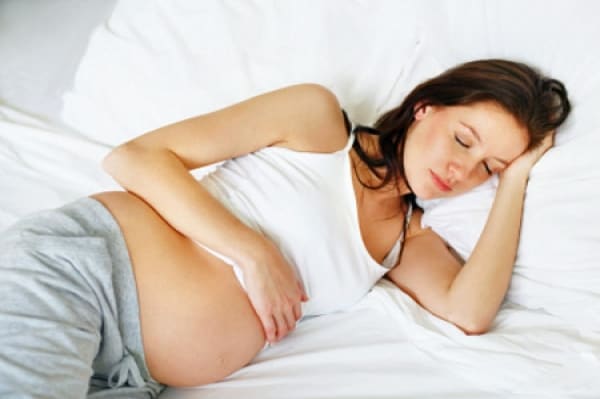Sleep
Safe Sleep in Pregnancy (Home)
– Learn More: Safe Sleep Research
– FAQ
– Blog: Side Sleep – What Does It Mean?
Safe Sleep Research
Following is a summary (with links to full text) of the latest research studies about safe sleep practices in pregnancy. This peer-reviewed scientific evidence is the foundation on which the global #SleepOnSide campaign is based.
_________
Association between maternal sleep practices and late stillbirth – findings from a stillbirth case-control study.
Heazell A, Li M, Budd J, Thompson J, Stacey T, Cronin RS, Martin B, Roberts D, Mitchell EA, McCowan L.
BJOG. 2017 Nov 20. doi: 10.1111/1471-0528.14967. [Epub ahead of print]
- PMID: 29152887
Download Published Article in PDF | Article Abstract (PubMed)
CONCLUSION: Supine going-to-sleep position the night before stillbirth had a 2.3-fold increased risk of late stillbirth compared with the left side. In addition, women who had a stillbirth were more likely to report sleep duration less than 5.5 hours on the night before stillbirth, getting up to the toilet once or less, and a daytime nap every day. This study predicts that late stillbirth in England would decrease by 3.7% if no mother went to sleep supine, and, given the consistency of findings between studies, it is timely to evaluate whether going-to-sleep position can be modified, and how this can best be achieved.
_________
Going to sleep in the supine position is a modifiable risk factor for late pregnancy stillbirth
New Zealand multi centre stillbirth case-control study
Lesley M. E. McCowan, John M. D. Thompson, Robin S. Cronin, Minglan Li, Tomasina Stacey, Peter R. Stone, Beverley A. Lawton, Alec J. Ekeroma, Edwin, A. Mitchell
Download Published Article in PDF
CONCLUSION: Supine going-to-sleep position is associated with a 3.7 fold increase in overall late stillbirth risk, independent of other common risk factors. A public health campaign encouraging women not to go-to-sleep supine in the third trimester has potential to reduce late stillbirth by approximately 9%.
_________
Sleep Position, Fetal Growth Restriction, and Late-Pregnancy Stillbirth
The Sydney Stillbirth Study
Adrienne Gordon, FRACP, PhD, Camille Raynes-Greenow, MPH, PhD, Diana Bond, RN,
Jonathan Morris, FRANZCOG, PhD, William Rawlinson, FRACP, PhD, and Heather Jeffery, FRACP, PhDl
Download Published Article in PDF
CONCLUSION: This study suggests that supine sleep position may be an additional risk for late-pregnancy stillbirth in an already compromised fetus. The clinical management of suspected fetal growth restriction should be investigated further as a means of reducing late stillbirth.
_________
Maternal sleep position: what do we know where do we go?
BMC Pregnancy & Childbirth. 2015, 15(Suppl 1):A4
Louise M. O’Brien & Jane Warland
Download Published Article as PDF
CONCLUSIONS: Studies in awake pregnant women have demonstrated reduced ejection fraction and cardiac output in the supine position
compared to the left lateral position that may reduce utero-placental blood flow to the fetus since the gravid uterus compresses the inferior vena cava. Failure to prevent this compression can lead to maternal supine hypotensive syndrome and to an adverse effect on umbilical artery blood flow and gas exchange between mother and fetus, with consequent fetal heart rate decelerations and fetal growth restriction.
